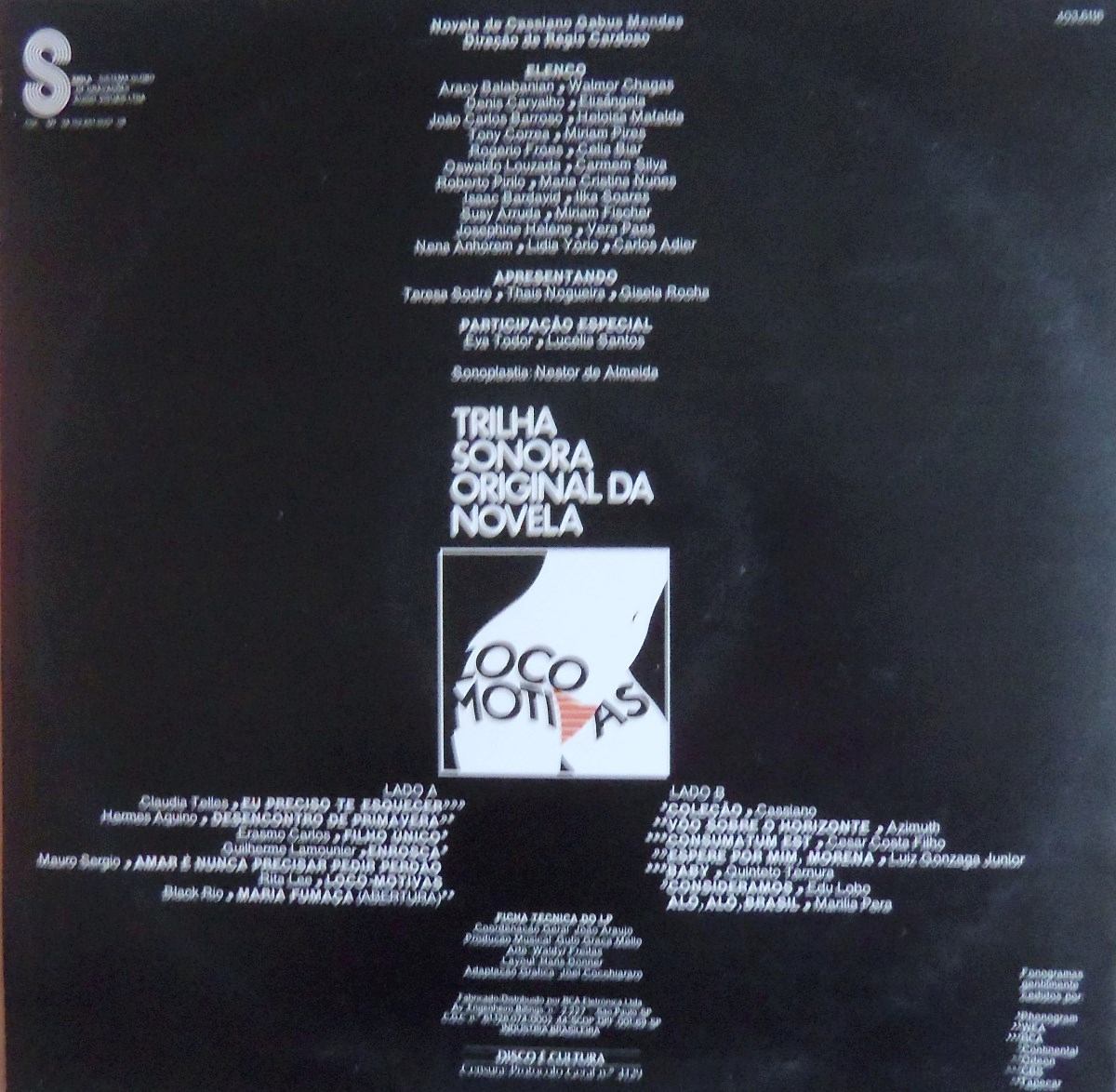

In the light of current fieldwork, we examine the predictions of a model constructed 20 years ago based on fieldwork in this and three other Indian communities of Central Brazil by Daniel Gross and collaborators. This paper explores the process of change in a Brazilian indigenous community, relating it to historical, economical, and political forces at the regional and national levels, as well as to environmental variables.

These examples demonstrate the interrelatedness of health and various ecological, political, economic, and sociocultural transformations of different temporal scales.

In this chapter, they illustrate these new directions with examples of recent research on dental health, demography, and nutrition transition. Additionally, they have begun publishing the results of longitudinal studies that document phenomena that had not yet been evident in cross-sectional approaches. Recently, the group has focused on the relationship between health profiles and emergent forms of socioeconomic differentiation internal to specific Xavante communities. Members of this research group first studied the Xavante in 1990 and have since published on such diverse topics such as nutrition, subsistence, demography, epidemiology of infectious and parasitic diseases, and social organization. Coimbra Jr., from the Oswaldo Cruz Foundation, Rio de Janeiro. This chapter discusses some of the most recent studies that have been conducted among the indigenous Xavante people in Central Brazil by members of the research group Health, Epidemiology and Anthropology of Indigenous Peoples, coordinated by Ricardo Ventura Santos and Carlos E.


 0 kommentar(er)
0 kommentar(er)
